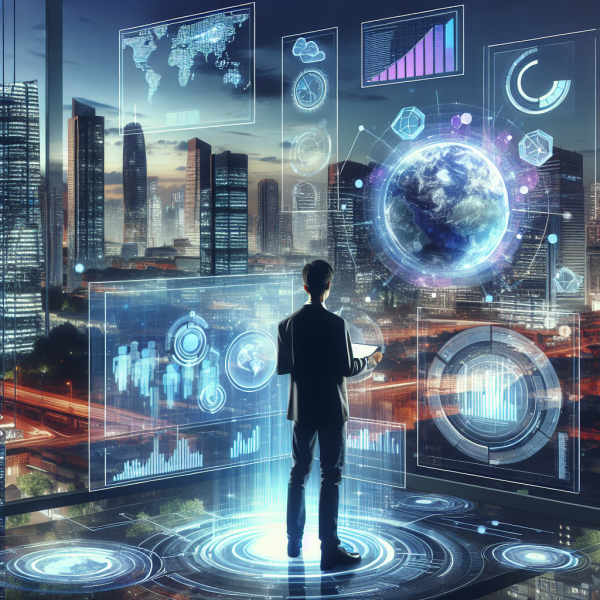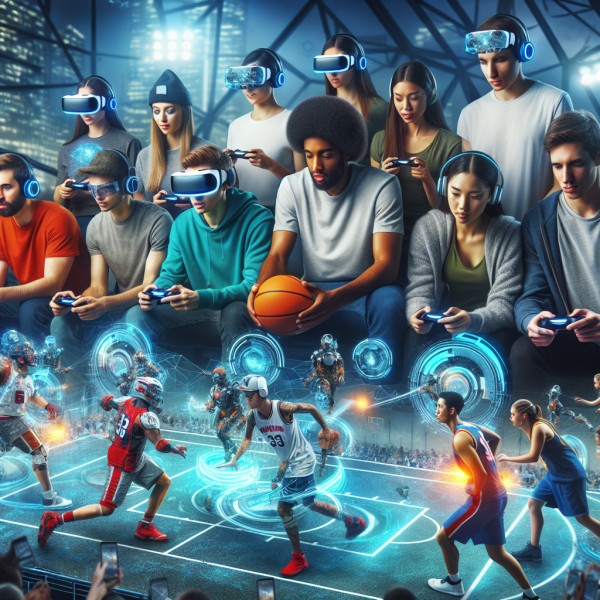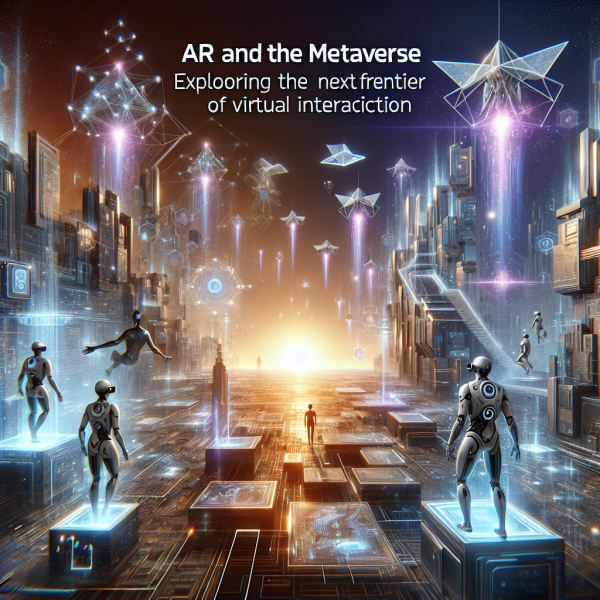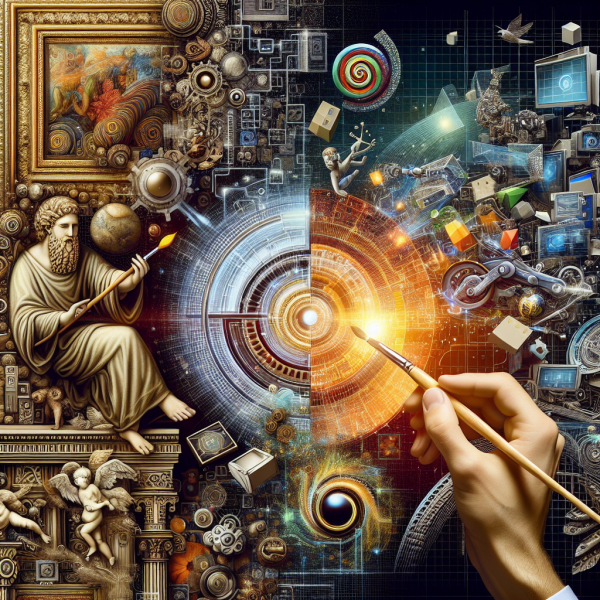A Window to the Future: The Role of Augmented Reality in Smart Cities
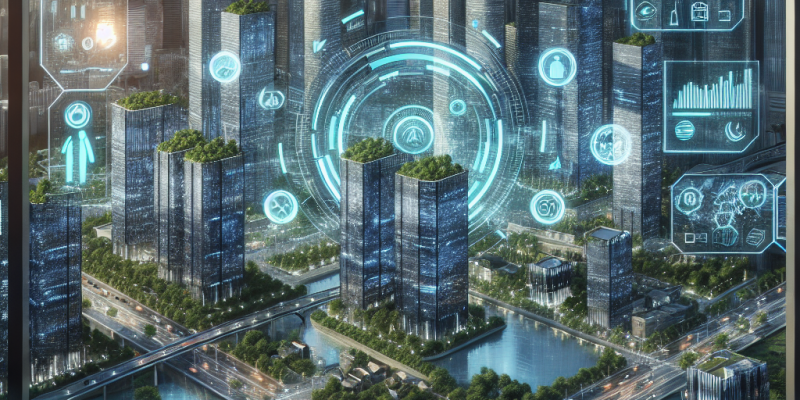
In an age where urban infrastructure and technology converge, the concept of smart cities emerges as a pivotal area of innovation. Defined by the integration of IoT devices, data analytics, and sustainable practices, smart cities aim to enhance the quality of life for their residents. At the forefront of this transformation is Augmented Reality (AR), a technology that overlays digital information onto the physical world, thereby offering a unique lens through which we can visualize and interact with city services and data. This article explores the potential of AR in shaping the smart cities of tomorrow.
1. Enhancing Urban Navigation
One of the most immediate and practical applications of AR in smart cities is improving urban navigation. Traditional signage can be limited and often overlooks real-time data such as traffic status or public transport schedules. AR applications can transform how people navigate complex urban environments by providing interactive, real-time directions layered over the cityscape.
For instance, commuters can use their smartphones to point at nearby bus stops, viewing not just schedules but also alternative routes and estimated arrival times in real time. This capability can reduce congestion, increase the usage of public transport, and enhance overall efficiency.
2. Infrastructure Management
Smart cities are characterized by their emphasis on efficiency and sustainability. AR can significantly enhance infrastructure management by providing virtual blueprints and real-time data overlays for maintenance crews. When workers inspect bridges, roads, or public buildings, AR can deliver pertinent information such as structural integrity, maintenance history, and even schematics directly overlaid on their field of vision.
This reduces errors, speeds up repairs, and optimizes resource allocation. For city planners and engineers, augmented reality can serve as a powerful tool for visualizing renovations and forecasting potential issues before they arise.
3. Community Engagement and Education
Public participation is integral to the development of smart cities. AR can facilitate community engagement by allowing residents to visualize proposed projects and city developments before they occur. Imagine walking through a neighborhood and seeing augmented models of new parks, schools, or commercial areas superimposed on their actual locations. This interactive approach empowers citizens to provide feedback, fostering a sense of ownership and involvement in their urban environment.
Moreover, AR can play a role in educating residents about sustainability practices. By overlaying information on recycling points or energy-saving tips as individuals move through their cities, AR can stimulate a culture of eco-awareness and responsibility.
4. Data Visualization and Analysis
Data is the backbone of smart cities, but raw statistics are often difficult for the public to comprehend. Augmented reality can bring data to life, displaying complex information in intuitive formats. For instance, city planners could use AR to visualize population density, traffic patterns, and energy consumption in real-time.
When residents or policymakers view specific areas through AR glasses or apps, they might see various layers of data that help identify challenges or opportunities for urban improvement. This capability not only makes data more approachable but also stimulates informed decision-making.
5. Safety and Emergency Response
AR holds potential for enhancing public safety in smart cities. In emergency situations, first responders can use AR technologies to access crucial information, such as building layouts, hazardous materials, and real-time updates about the incident at hand. This immediate access to data can improve response times and ensure the safety of both the public and emergency personnel.
Moreover, AR can be used for training purposes, simulating emergency scenarios and allowing responders to practice their skills in a controlled, augmented environment before facing real-life challenges.
Challenges Ahead
Despite its promising applications, the integration of AR in smart cities is not without challenges. Issues such as data privacy, technological disparities among citizens, and the physical limitations of urban spaces may pose hurdles. There is also the need for robust infrastructure to support high-speed connectivity and the processing power required for AR applications.
Conclusion
The integration of Augmented Reality into smart cities offers an exciting glimpse into the future of urban living. By enhancing navigation, improving infrastructure management, promoting community engagement, visualizing data, and ensuring safer emergency responses, AR can usher in a new era of urban development that prioritizes inhabitants’ needs and quality of life. As cities continue to innovate and adapt, AR stands as a transformative force ready to redefine our interaction with urban environments, proving that the future is not just ahead of us, but right in front of our eyes.

